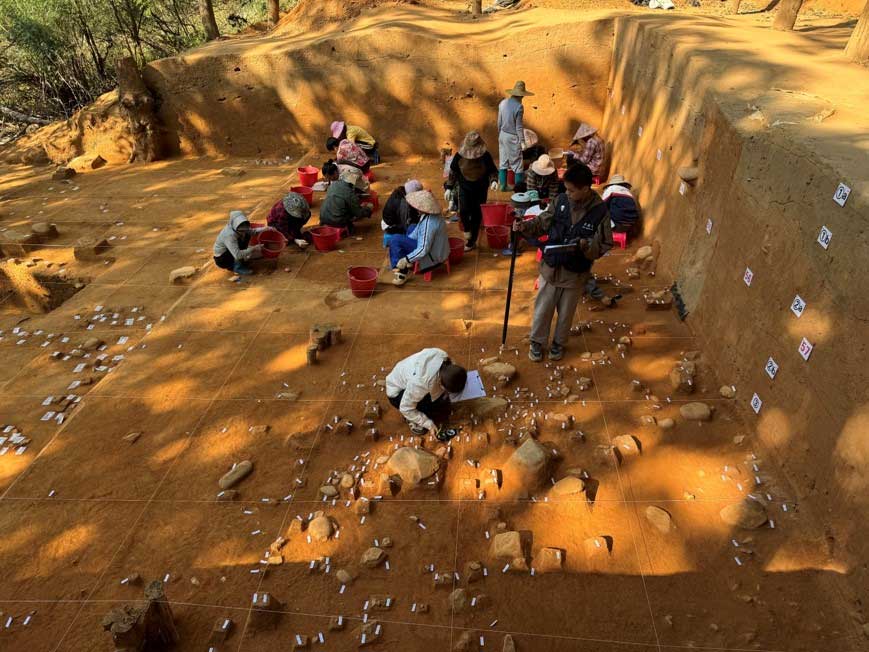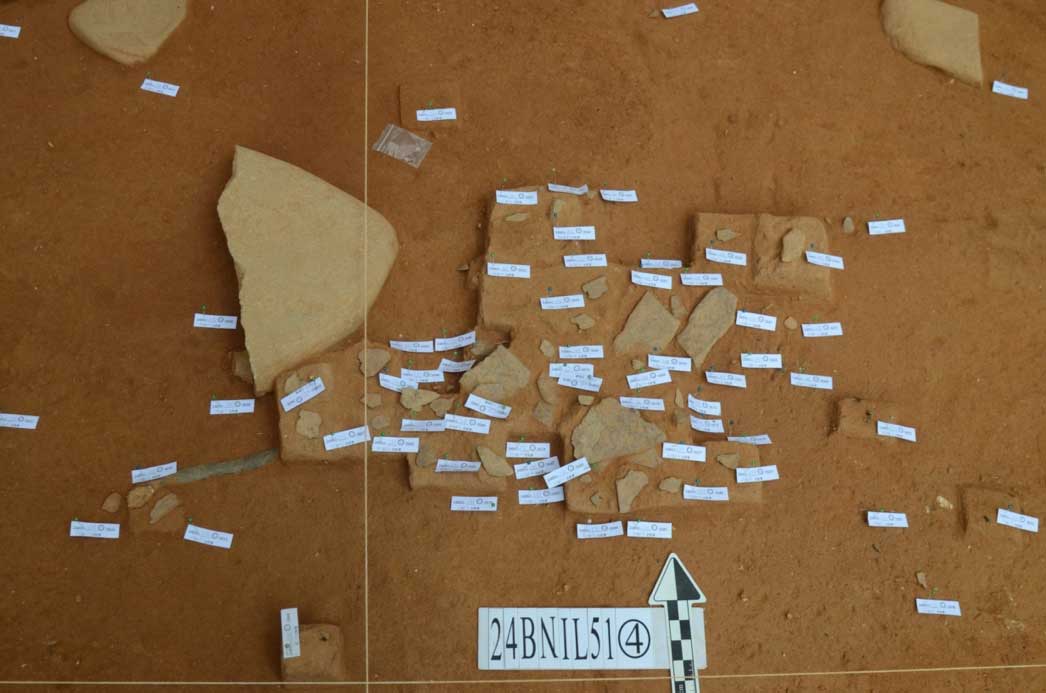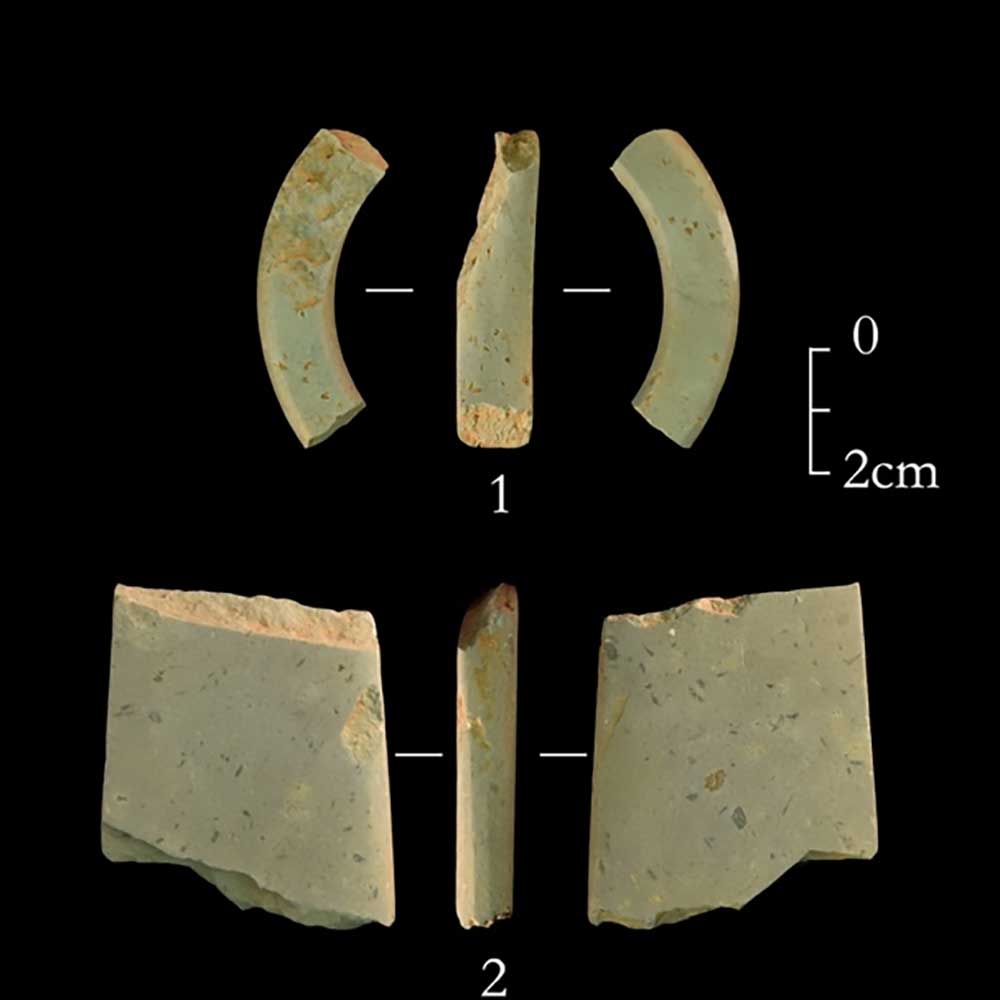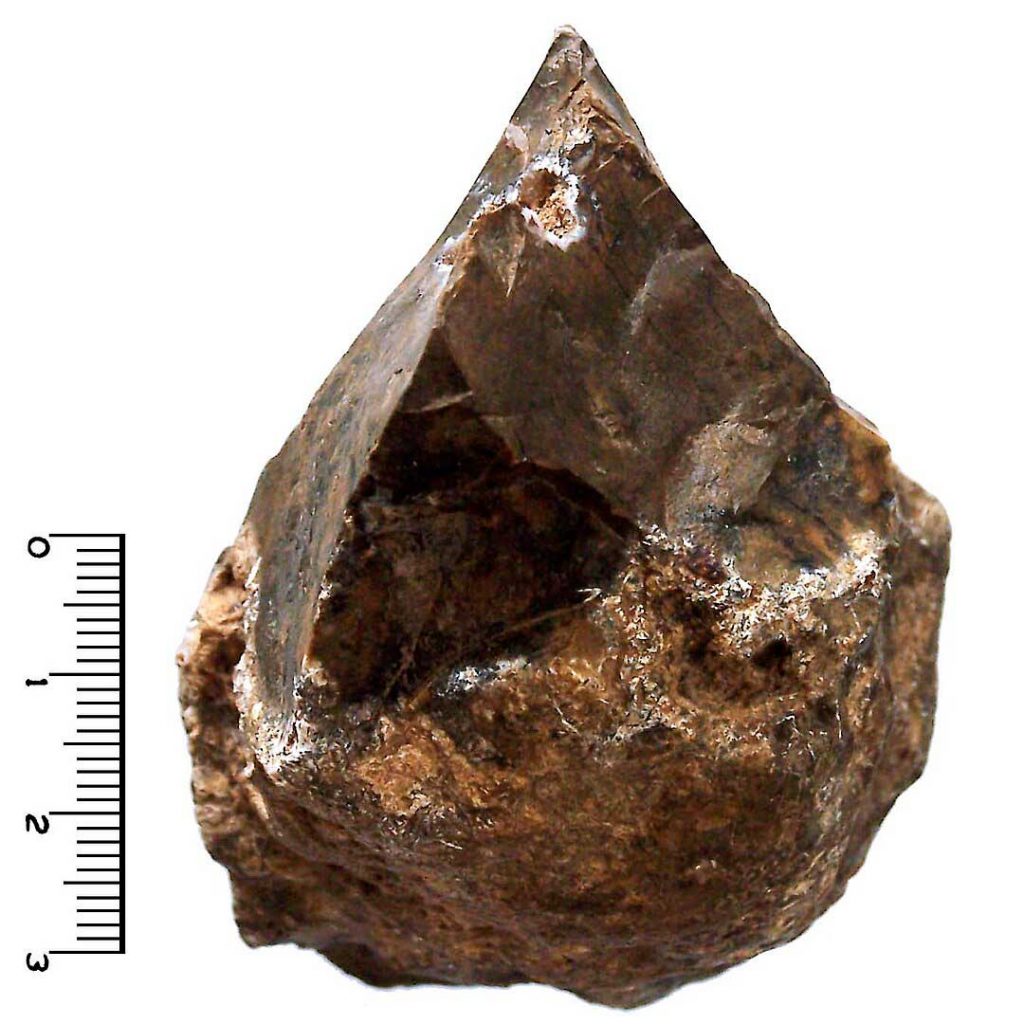According to experts, the Nanhuo River site reshapes our understanding of early human activity in southern China.
In a newly announced archaeological development, Chinese researchers have confirmed the discovery of the first Paleolithic open-air site on Hainan Island. Known as the Nanhuo River Site, this location in Baisha Li Autonomous County sheds new light on the deep prehistory of Hainan and offers fresh insights into early human adaptation and cultural exchange across East and Southeast Asia.

A Landmark Discovery
Unearthed during field surveys and trial excavations in 2023 and formally excavated from September to December 2024, the Nanhuo River Site is situated on the north bank of the Nanhuo River in Jinbo Township.

This site represents the most comprehensive Paleolithic site ever found on Hainan, an island once believed to have limited prehistoric occupation.
Until now, Hainan’s archaeological record from the Paleolithic period was relatively sparse, with scattered cave sites like Qiantie Cave (possibly dating back 65,000–55,000 years) offering the main window into its ancient past.
The Nanhuo River Site fills a critical gap, providing rare and extensive evidence of open-air settlement and stone tool production, activities that were previously undocumented in this setting.
Excavation and Artifacts

The joint excavation effort, which was led by the Institute of Vertebrate Paleontology and Paleoanthropology (IVPP) of the Chinese Academy of Sciences, along with the Hainan Provincial Institute of Cultural Relics and Archaeology and Sun Yat-sen University, yielded a trove of artifacts:
- 6,000 catalogued stone tools and over 20,000 additional flakes and tool fragments.
- Significant concentrations of charcoal and fruit shells, indicating food preparation and fire use.
- Clear evidence of on-site tool manufacture, including cores, flakes, and production debris.
- Stratified deposits up to 4 meters deep, preserving a well-defined cultural sequence.

Preliminary dating using Optically Stimulated Luminescence (OSL) places the site at (a preliminary) 10,000 years old, a pivotal moment in human prehistory as populations in southern China transitioned from Paleolithic lifeways toward Neolithic experimentation with plant cultivation and more permanent settlement.
A Distinctive Technological Signature

The stone tools recovered at Nanhuo River belong to the “pebble tool” tradition, a category of early stone technology known for its simplicity and adaptability. These tools, choppers, scrapers, points, and blades were shaped from locally sourced quartzite, sandstone, and volcanic rocks.

Imagine picking up a rounded stone (a pebble) from a riverbed and striking it with another stone to chip off a few flakes from one side. This creates a sharp edge that can be used for cutting, chopping, or scraping. The rest of the pebble is left mostly unworked, so the tool still looks a lot like the original stone, just with a sharper edge.
These tools are called “pebble tools” because they are made from natural pebbles, and their main types are choppers (with a sharp edge on one side) and chopping tools (with edges on both sides).
Early humans used them for basic tasks like cutting meat, breaking bones, chopping plants, or digging for roots. They are some of the oldest known tools, dating back more than 2 million years in Africa, and were also widely used in early China and other parts of Asia.
Regional Context and Broader Implications
The Nanhuo River discovery stands out not just for its scale and preservation, but also for its broader archaeological significance:

- Largest and best-preserved open-air Paleolithic site on Hainan.
- Evidence of a cluster of related settlements along the Nanhuo River basin, suggesting a stable and possibly semi-permanent human presence.
- Serves as a cultural bridge linking southern China with mainland and insular Southeast Asia.
- Offers rich material for studying the evolution of toolmaking, subsistence strategies, and human-environment interaction at the close of the Pleistocene.
In this light, the Nanhuo River Site repositions Hainan from a peripheral player to a strategic node in the prehistoric migration and interaction networks of East Asia.
A Revised Prehistory for Hainan
The significance of this discovery grows even sharper when viewed against the backdrop of other Paleolithic sites on Hainan. For decades, caves such as Qiantie, Luobi, and Hunyaling offered fragmented glimpses of early habitation.
The Nanhuo River Site complements these earlier finds by demonstrating that open-air activity areas, where people lived, made tools, processed food, and used fire, were part of the island’s prehistoric landscape.
For now, the Nanhuo River Site stands as a testament to the resilience, adaptability, and ingenuity of early humans in one of East Asia’s most overlooked regions.
Related article: The Legacy of Hai Rui: A Glimpse into Historical Haikou








